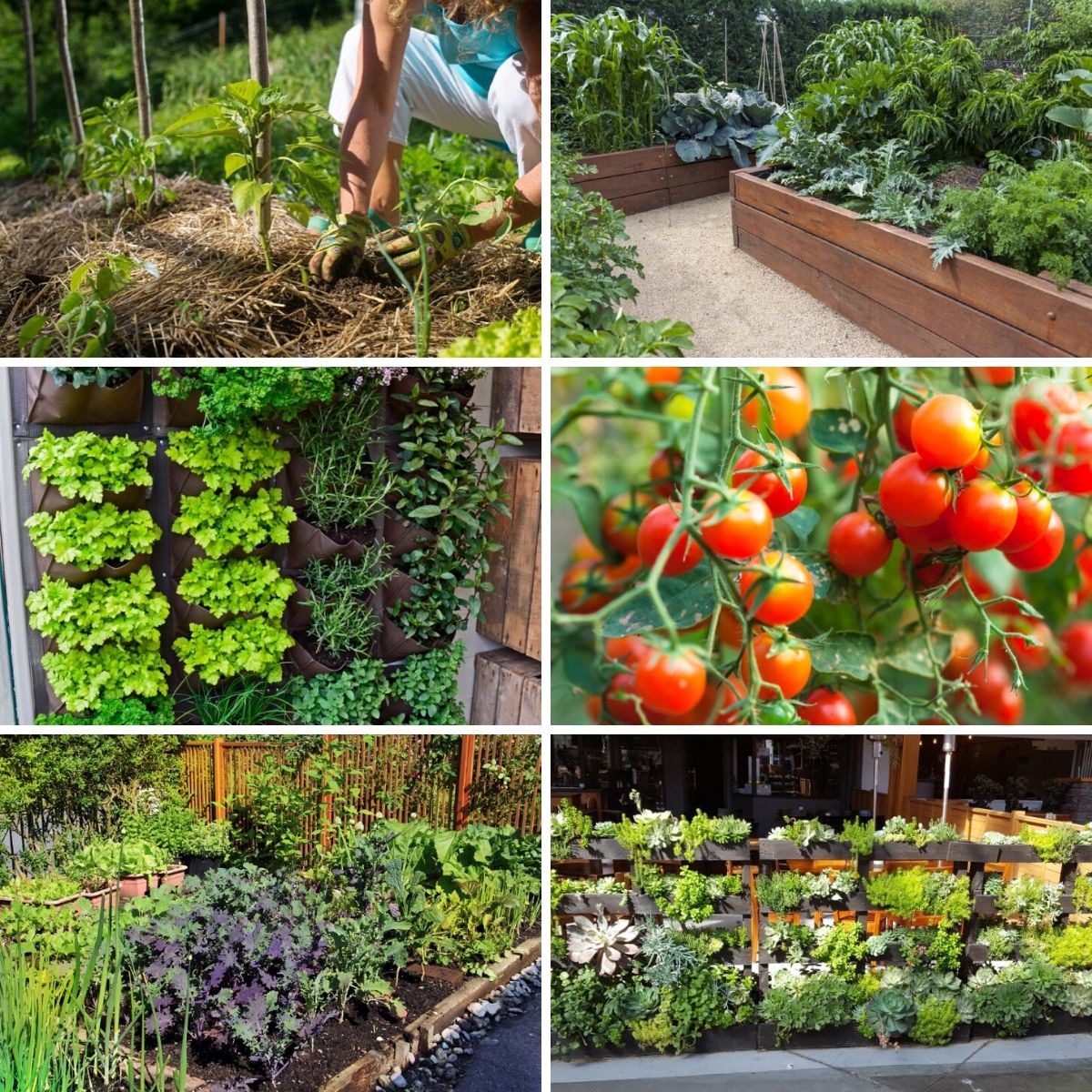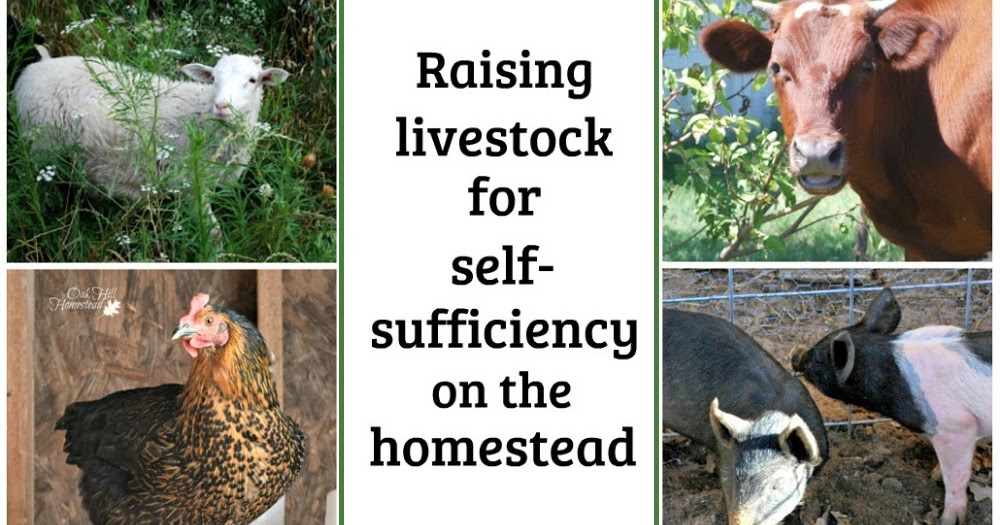Embracing the Garden Lifestyle: An Overview
Living off your garden is an attractive and fulfilling lifestyle choice that combines self-sufficiency, cost savings, and environmental consciousness. By growing your own food, you not only contribute to your family’s well-being but also reduce your carbon footprint and develop a deeper connection with nature. This approach encourages a more sustainable lifestyle, allowing you to enjoy fresh, organic produce while fostering a sense of accomplishment and satisfaction.
Assessing Your Garden’s Potential: Soil, Climate, and Space
A successful garden thrives on its unique combination of soil, climate, and space. To live off your garden, it’s essential to evaluate its potential and make the most of your resources. Start by testing your soil’s pH and nutrient levels, then amend it with organic matter, such as compost or well-rotted manure, to improve fertility and structure. Adjust the pH as needed to create an optimal growing environment for your chosen plants.
Consider your local climate when selecting plants, as this will significantly impact their growth and yield. Choose climate-appropriate fruits, vegetables, and herbs that can withstand your region’s temperature, humidity, and precipitation patterns. By doing so, you’ll ensure a more productive garden and reduce the need for excessive watering or climate control measures.
Lastly, maximize your garden’s space by employing creative layouts and planting techniques. For example, utilize vertical gardening methods, such as trellises and wall-mounted planters, to grow vining plants and save ground space. Implement square-foot gardening or raised beds to increase plant density and simplify maintenance. By optimizing your garden’s layout, you’ll be able to grow more food in less space and create a visually appealing outdoor area.
Selecting the Right Plants: Fruits, Vegetables, and Herbs for Your Garden
Choosing the right plants for your garden is crucial when learning how to live off your garden. Consider factors such as ease of cultivation, nutritional value, and storage life to create a diverse and productive garden. Here are some recommended plant varieties for both beginners and experienced gardeners:
- Beginners:
- Lettuce: Fast-growing and easy to care for, lettuce is an excellent choice for those new to gardening. Plant it in early spring and late summer for a continuous supply of fresh greens.
- Radishes: Quick-growing and compact, radishes are perfect for small gardens or containers. They can be harvested in as little as 25 days, providing a satisfying early crop.
- Tomatoes: Choose determinate varieties for a more manageable plant that produces fruit in a concentrated period, making it ideal for preserving.
- Experienced Gardeners:
- Broccoli: A cool-season crop, broccoli requires more patience and attention than some other vegetables. However, its high nutritional value and long storage life make it a rewarding addition to any garden.
- Peppers: Both sweet and hot peppers offer a wide range of flavors and uses in the kitchen. Plant a mix of early, mid-season, and late varieties to extend your harvest.
- Herbs: Incorporate a variety of herbs, such as basil, parsley, and cilantro, to add flavor to your dishes and attract beneficial insects to your garden.
Remember to select climate-appropriate plants and consider companion planting, intercropping, and vertical gardening techniques to maximize your garden’s potential and create a thriving, diverse ecosystem.
Planting and Harvesting Techniques: Maximizing Your Garden’s Yield
Expert planting, caring, and harvesting techniques are essential for a thriving garden and living off your garden successfully. Implement the following strategies to optimize space and resources:
- Companion Planting:
Companion planting involves pairing plants that benefit each other through improved growth, pest control, or pollination. For example, plant basil near tomatoes to repel pests and enhance flavor. Research and experiment with various companion planting combinations to create a harmonious and productive garden ecosystem.
- Intercropping:
Intercropping is the practice of growing two or more crops in close proximity to maximize space and resources. This technique can increase yield, reduce pests and diseases, and improve soil health. For example, plant fast-growing crops, such as lettuce or radishes, between slower-growing vegetables, like broccoli or peppers. This method allows you to make the most of your garden space and enjoy a continuous harvest throughout the season.
- Vertical Gardening:
Vertical gardening is an excellent solution for gardeners with limited space. Utilize trellises, wall-mounted planters, or vertical gardens to grow vining plants, such as cucumbers, tomatoes, or beans. This approach not only saves ground space but also improves air circulation and reduces the risk of diseases. Additionally, vertical gardens can create a visually appealing focal point in your outdoor area.
- Proper Harvesting Techniques:
Harvesting at the right time is crucial for maintaining plant health and maximizing yield. Pick vegetables and fruits when they reach their optimal size and maturity. Regularly harvest leafy greens, such as lettuce or spinach, to encourage new growth and prolong the harvest season. Be gentle when harvesting to avoid damaging plants or disrupting their growth.
By employing these planting and harvesting techniques, you can create a thriving, productive garden and make significant strides towards living off your garden.
Preserving Your Harvest: Canning, Freezing, and Dehydrating
Preserving your garden’s bounty is a crucial aspect of learning how to live off your garden. By extending the shelf life of your homegrown produce, you can enjoy fresh, nutrient-rich food year-round. Three primary preservation methods include canning, freezing, and dehydrating. Here, we provide step-by-step instructions and safety tips for each technique.
Canning
Canning involves sealing food in airtight containers, such as jars or cans, and heating them to a high temperature to kill bacteria and create a vacuum seal. This process preserves food for up to a year. To can your produce, follow these steps:
- Wash and prepare your produce, removing any blemishes or debris.
- Follow a tested canning recipe to ensure proper processing times and techniques.
- Heat jars and lids in hot water to sterilize them and prevent cracking.
- Fill jars with prepared produce, leaving the recommended headspace.
- Wipe jar rims clean, place lids on jars, and tighten bands finger-tight.
- Process jars in a boiling water bath or pressure canner, following the recipe’s instructions.
- Remove jars from the canner and let them cool undisturbed for 12-24 hours.
- Check for a proper seal by pressing on the lid. If it doesn’t flex, the jar is sealed.
Freezing
Freezing is a simple and effective way to preserve fruits and vegetables. Blanching, a process of briefly boiling or steaming produce, is recommended to stop enzyme activity that can cause changes in texture and flavor. Here’s how to freeze your produce:
- Wash and prepare your produce, removing any blemishes or debris.
- Blanch produce according to recommended times for each type of fruit or vegetable.
- Cool produce quickly in an ice bath to stop the cooking process.
- Drain and package produce in freezer-safe bags or containers, removing as much air as possible.
- Label and date the packages and freeze for up to a year.
Dehydrating
Dehydrating removes moisture from food, inhibiting bacterial growth and preserving nutrients. You can use a dehydrator, oven, or air-dry method to dehydrate your produce. Here’s how to dehydrate your produce:
- Wash and prepare your produce, removing any blemishes or debris.
- Cut produce into thin, even slices for consistent drying.
- Arrange produce on dehydrator trays or oven racks, ensuring adequate spacing.
- Dry at the recommended temperature and time for each type of fruit or vegetable.
- Test for dryness by bending or crushing a piece of produce. If it breaks or crumbles, it’s dry.
- Store dehydrated produce in airtight containers for up to a year.
By mastering these preservation techniques, you can enjoy your garden’s bounty year-round and further your journey towards living off your garden.
Living Off Your Garden: Meal Planning and Incorporating Homegrown Produce
Transforming your homegrown produce into delicious, nutritious meals is a rewarding aspect of learning how to live off your garden. By incorporating meal planning and creative recipes, you can maximize the value of your harvest and reduce food waste. Here, we provide meal planning ideas, recipes, and serving suggestions to inspire your culinary adventures.
Meal Planning Ideas
Effective meal planning starts with assessing your garden’s yield and incorporating seasonal produce into your meals. Here are some ideas to help you get started:
- Create a weekly meal plan that highlights your garden’s offerings.
- Batch cook and freeze meals for busy weeks or to preserve excess produce.
- Designate a “use it up” night to consume leftover produce before it spoils.
- Plan meals around themes, such as “Meatless Mondays” or “Taco Tuesdays,” to streamline your grocery shopping and cooking process.
Recipes and Serving Suggestions
Experiment with new recipes and serving suggestions to keep your meals exciting and varied. Here are some ideas to consider:
- Salads: Create vibrant salads with a mix of greens, vegetables, and herbs. Add protein, such as grilled chicken, beans, or tofu, for a complete meal.
- Soups and Stews: Utilize your garden’s bounty to create hearty soups and stews. Incorporate seasonal vegetables, legumes, and herbs for a nutrient-rich meal.
- Roasted Vegetables: Roasting brings out the natural sweetness of vegetables. Toss your garden’s offerings with olive oil, salt, and herbs, and roast until tender and caramelized.
- Pickles and Relishes: Preserve your excess produce by pickling or creating relishes. These tangy condiments add flavor and depth to sandwiches, salads, and main dishes.
- Smoothies: Blend your homegrown fruits and vegetables into smoothies for a quick, easy, and nutritious breakfast or snack.
By incorporating meal planning and creative recipes, you can fully enjoy the fruits of your labor and live more sustainably off your garden. Remember to experiment with new dishes and cooking techniques to keep your meals fresh and exciting.
Expanding Your Skills: Raising Livestock and Building Support Structures
As you progress on your journey towards living off your garden, expanding your self-sufficiency by raising small livestock and building support structures can further enhance your sustainability and resilience. These additions not only provide additional food sources but also contribute to a healthier garden ecosystem.
Raising Small Livestock
Raising small livestock, such as chickens or rabbits, can offer numerous benefits, including a source of eggs, meat, and dairy products. Before diving into raising livestock, consider the following:
- Local regulations: Familiarize yourself with local ordinances and homeowners association rules regarding livestock.
- Space requirements: Ensure you have adequate space to house and care for your animals properly.
- Time commitment: Raising livestock requires daily care, feeding, and regular health checks.
- Startup costs: Budget for housing, feed, and equipment.
Building Support Structures
Constructing support structures, such as greenhouses, cold frames, and compost bins, can extend your gardening season, improve soil fertility, and protect your plants from extreme weather conditions. Here are some considerations:
- Greenhouses: Greenhouses enable year-round gardening by maintaining a warm, controlled environment. Choose from various materials, such as glass, polycarbonate, or plastic, based on your budget and needs.
- Cold Frames: Cold frames are similar to greenhouses but smaller and more affordable. They protect plants from frost and extend the growing season for cool-weather crops.
- Compost Bins: Composting turns organic waste, such as kitchen scraps and yard debris, into nutrient-rich soil amendments. Select a compost bin style that suits your space and preferences, such as tumblers, stationary bins, or worm composting systems.
By raising small livestock and building support structures, you can further enhance your self-sufficiency and resilience, making your journey towards living off your garden even more rewarding.
Community Building: Sharing Knowledge and Resources
A vital aspect of living off your garden is connecting with others who share your passion for self-sufficiency and sustainable living. Building a community of like-minded individuals can provide numerous benefits, such as knowledge sharing, resource pooling, and emotional support. Here are some ways to engage with your community and foster a supportive local food system.
Join Local Gardening Groups
Search for local gardening clubs, community gardens, or online forums where you can connect with fellow gardeners. These groups often host workshops, plant swaps, and educational events that can help you expand your knowledge and skills.
Participate in a Community Supported Agriculture (CSA) Program
CSAs are programs where consumers purchase a share of a farm’s harvest, receiving a weekly or bi-weekly box of fresh produce. By participating in a CSA, you not only support local agriculture but also gain access to a variety of seasonal produce. Additionally, many CSAs offer opportunities to visit the farm, participate in events, and connect with other members.
Attend Local Farmers Markets
Farmers markets are vibrant community hubs where you can purchase locally grown produce, crafts, and artisanal goods. Attend a farmers market near you to meet local farmers, learn about their growing practices, and discover new fruits and vegetables to incorporate into your meals.
Collaborate with Neighbors
Consider partnering with neighbors to share resources, such as tools, seeds, or gardening space. Sharing resources not only reduces costs but also strengthens community bonds and encourages knowledge sharing.
Volunteer at a Local Food Bank or Community Garden
Volunteering at a local food bank or community garden is an excellent way to give back to your community while gaining hands-on experience in food production and distribution. These organizations often rely on volunteers to help with planting, harvesting, and food preparation, providing ample opportunities to learn and connect with others.
By engaging with your community, you can enhance your journey towards living off your garden and contribute to a more sustainable, resilient local food system.








